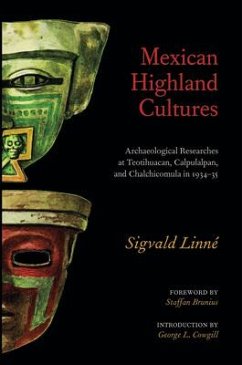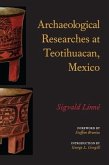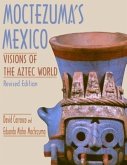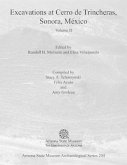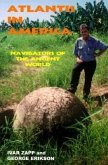Presents the broad picture and analysis of excavations at three cultural centers in central Mexico. This classic work published in 1942, ten years after archaeological excavations were begun in the Valley of Mexico by Linne's team, presents additional data that had not been fully detailed in the previously published Archaeological Researches at Teotihuacan. It provides comparative information on the high-status ruins situated on the fringes of the Valley of Mexico and excavation results from a compound within the city of Teotihuacan. This information is of critical use to archaeologists still excavating at Teotihuacan in projecting compound extent, types of artifacts expected to be discovered, and patterns of artifacts to be found in particular types of rooms. The characteristics of burials is also explored. This book, along with its predecessor, is an important primary resource for Americanists. Staffan Brunius's foreword offers a broad background of Linne's life and work. The introduction by George Cowgill focuses more specifically on the conduct and impact of the archaeological exavations. G. C. Vaillant has stated, "The greatest achievement of Dr. Linne from the viewpoint of the general student is the presentation of a technical field excavation in such terms that anyone can follow his text and see the relationship between the details of position of specimens and the larger problems of history and anthropology."

